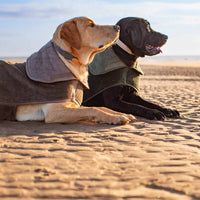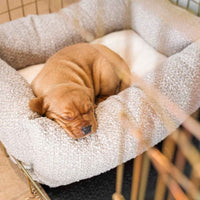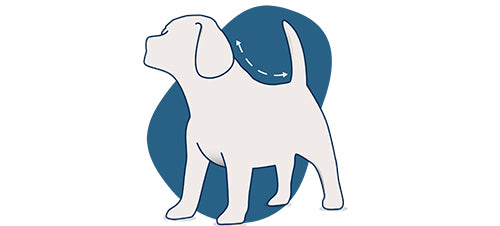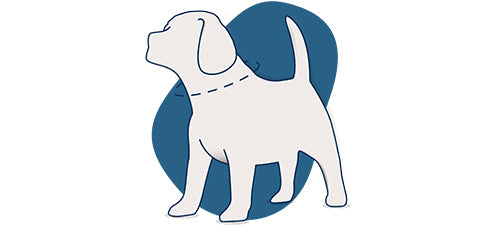We're coming into peak apple season and maybe you're looking to share some tasty fresh apples with your furry friend. As a responsible pet owner, it's natural to question the safety and benefits of feeding human foods to your canine companion. One common query is, can dogs eat apples? The short answer is yes, but there are essential details to consider to ensure it's both safe and beneficial for your furry friend.
Nutritional Benefits of Apples for Dogs
Apples for dogs can be a nutritious addition to their diet. Apples are rich in vitamins A and C, which support eye health and immune function. They also contain dietary fibre, aiding in digestion and promoting a healthy gut. Additionally, apples are low in fat and protein, making them an excellent treat for dogs with certain dietary restrictions.
Are Apples Good for Dogs?
Absolutely, apples are good for dogs when given in moderation and prepared correctly. They can help clean your dog's teeth and freshen their breath. The antioxidants present in apples may contribute to overall health and wellness, potentially reducing the risk of certain diseases.

Can Dogs Eat Apple Skin?
Many pet owners wonder, can dogs eat apple skin? Yes, apple skin is safe for dogs and contains additional fibre. However, it's crucial to wash the apple thoroughly to remove any pesticides or chemicals that could be harmful. If your dog has a sensitive stomach, you might consider peeling the apple to prevent any digestive upset.
Can dogs eat apple cores?
It's advisable to avoid giving your dog the core of the apple. The core can pose a choking hazard, especially for smaller dogs.
Are Apple Seeds Poisonous To Dogs?
In large quantities, they can be harmful. Apple seeds contain a compound called amygdalin, which can release cyanide when digested. While a few seeds won't poison a dog, it's best to err on the side of caution and remove them entirely.
Are Apples Bad for Dogs in Any Way?
In general, apples are safe, but overfeeding can lead to gastrointestinal issues like diarrhoea or stomach upset. Is apple bad for dogs? Only if consumed in excessive amounts or if the seeds and core are ingested. Always introduce any new food gradually and monitor your dog for any adverse reactions.
Can Puppies Eat Apples?
Introducing new foods to puppies requires extra care. Can puppies eat apples? Yes, but in small, manageable pieces to prevent choking. Ensure that all seeds and the core are removed. Start with tiny amounts to see how your puppy's digestive system handles the new treat.
How to Safely Feed Apples to Your Dog

- Wash Thoroughly: Clean the apple to remove any harmful substances.
- Remove Core and Seeds: Eliminate choking hazards and prevent cyanide ingestion.
- Cut into Small Pieces: This makes it easier for your dog to eat and digest.
- Moderation is Key: Treat apples as an occasional snack, not a meal replacement.
Are Apples OK for Dogs with Specific Health Conditions?
If your dog has diabetes or cancer, consult your veterinarian before adding apples to their diet due to the natural sugars present. Is apple ok for dogs with these conditions? Only a professional can provide guidance based on your dog's health status.
Can Dogs Have Apple Juice or Applesauce?
While apples themselves are safe, products like apple juice or applesauce often contain added sugars and preservatives. Can dogs have apple juice? It's best to avoid it. Stick to fresh apples to ensure your dog isn't consuming unnecessary additives.
Feeding Dogs Apples: A Recap
- Dogs and Apples: A healthy combination when done right.
- Apple for Dogs: A source of vitamins and fibre.
- Feeding Dogs Apples: Remove harmful parts and serve in moderation.
Conclusion
So, can my dog eat apples? Yes, when prepared properly, apples can be a delightful and healthy treat for your dog. Remember to avoid the seeds and core, wash the fruit thoroughly, and introduce it slowly into their diet. If you have any concerns, especially regarding health conditions or dietary restrictions, always consult your veterinarian.
Incorporating apples into your dog's diet can be a great way to provide variety and nutrition. Just keep an eye on your furry friend to ensure they enjoy this fruity treat safely.
Looking for some specific dog treats? Shop our range of luxury dog treats here.






















































.jpg?v=1727276109779&options=)












































